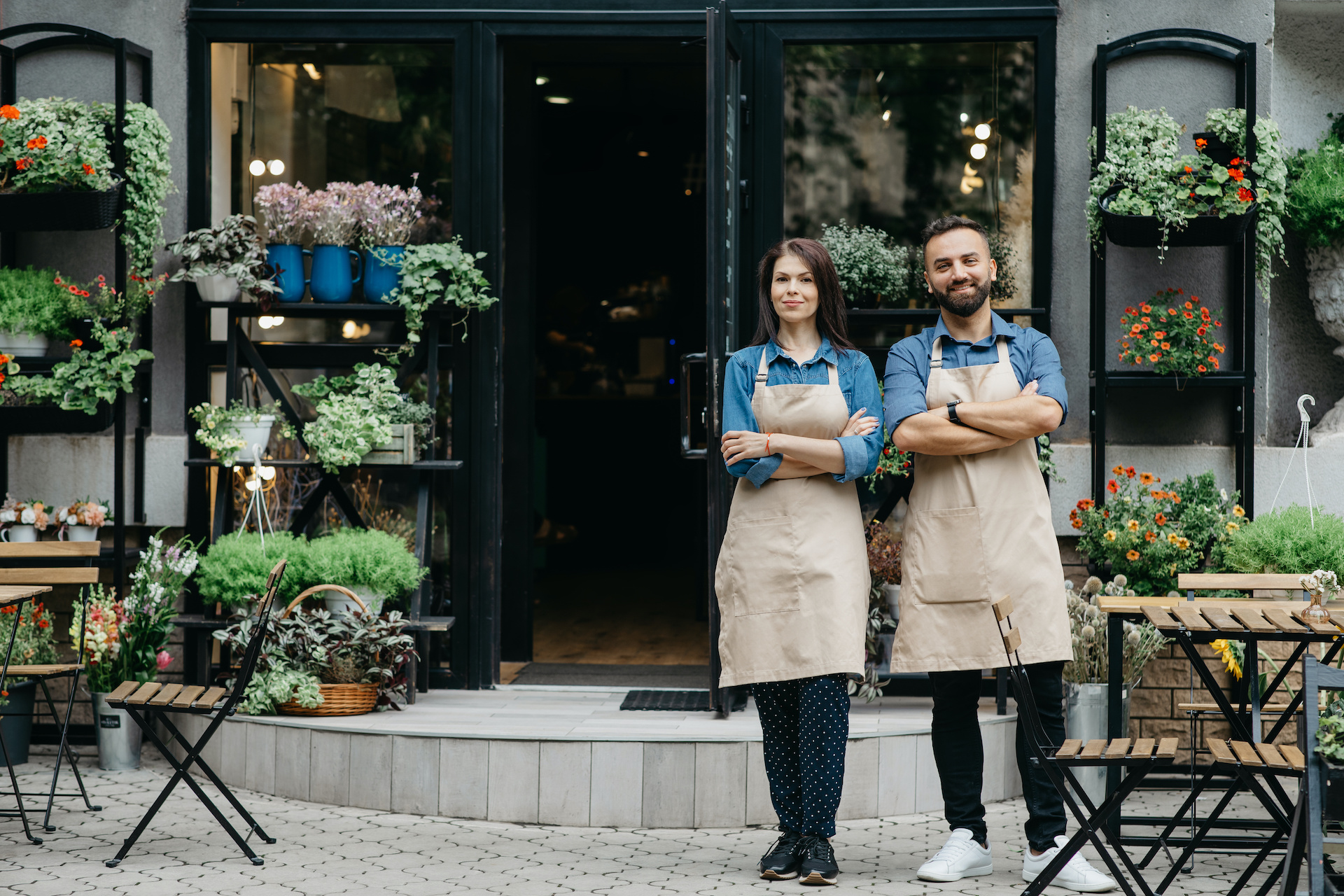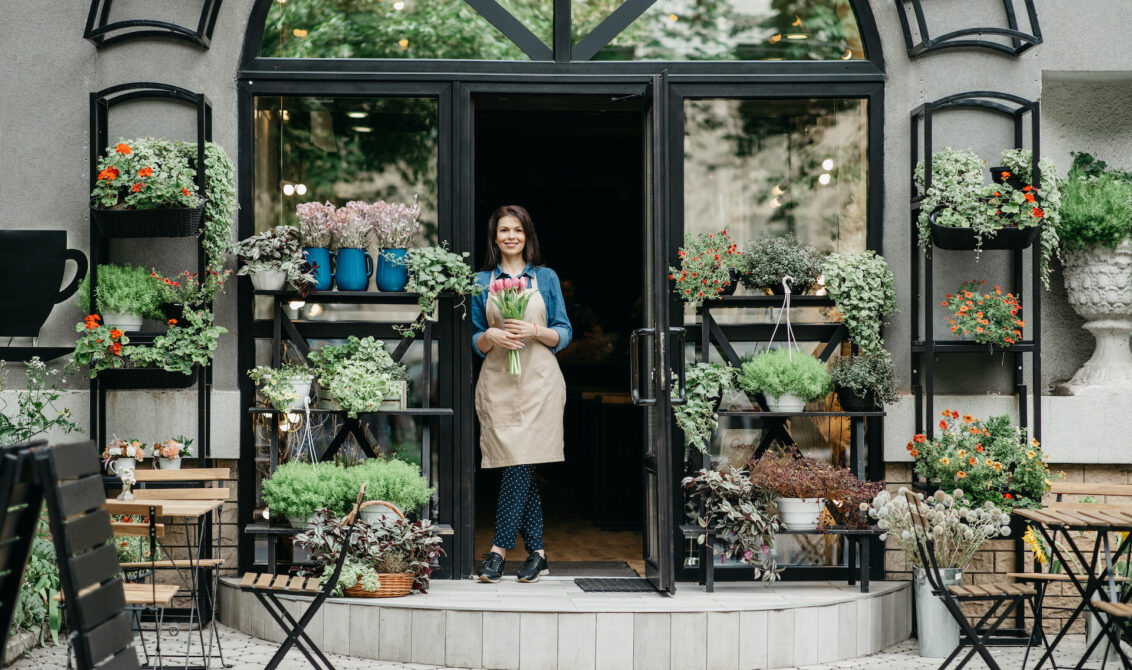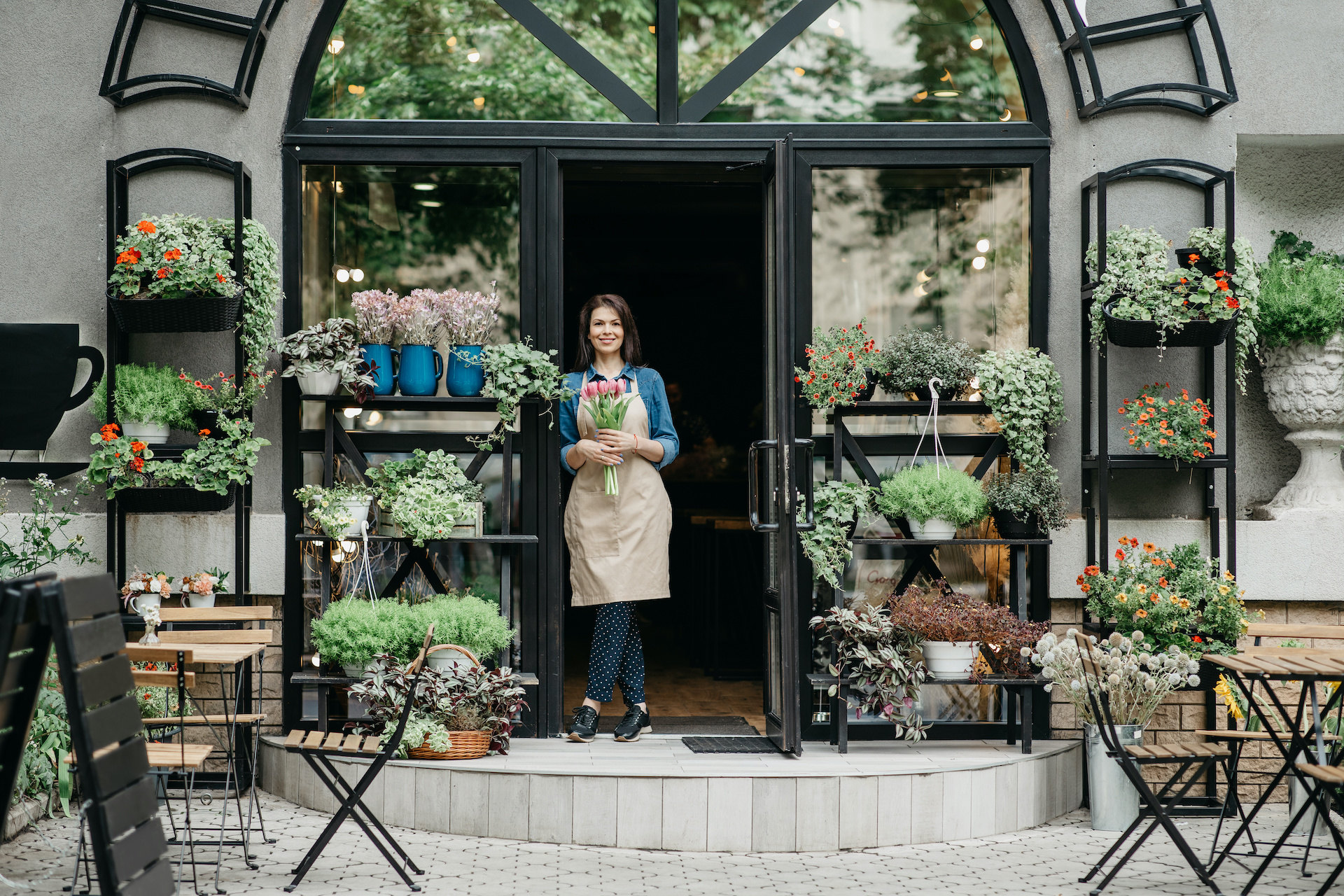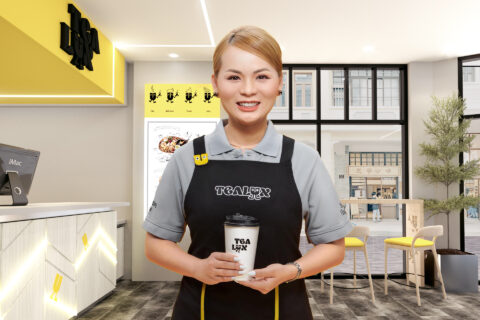You want your establishment to wow potential customers and invite them to step inside. That means creating a memorable aesthetic that embodies your business’ overall vibe, from trustworthy to playful to exclusive. Additionally, you need your space to get the job done.

Designing the layout for your brick-and-mortar store involves determining how to facilitate an efficient workflow, encourage customer traffic, and make guests feel comfortable, safe, and positive within. To accomplish these goals, your design should earn high grades on the following four functional elements.
1. Design efficient workflow
Restaurateurs know a delicate balance exists between packing in a crowd and maintaining enough space for servers to attend to every guest. However, such layout decisions matter in retail and office complexes, too. Aisles overflowing with banker boxes don’t speak to tight document security and it’s much easier to swipe an item from a table piled to the brim with various curios.
Ensure you provide clear walkways for workers and guests. Aisles should have sufficient space for a wheelchair to pass through comfortably without knocking clothing off racks or brushing against other patrons. Use clear, easy-to-read signage to promote traffic flow. While some groceries have shifted to dimmer lighting to create a more upscale aesthetic and ease sensory issues, including spotlights to highlight items and make labels easier to read is a plus.
2. Attract passing foot traffic
Despite the proliferation of neon in urban settings, flashy isn’t always your best bet, so consider factors such as your niche. A flashing pink flamingo advertising tax consulting and planning doesn’t project attention to detail and can raise a few eyebrows about your trustworthiness.

What’s the overall vibe of your business? For example, those dealing with finance typically project a professional and serious facade. A restaurant could go in several directions, from a dusky, dark bar for intimate meetings to a fun-filled kids’ play space complemented by burgers and fries. Developing an overall theme for your project helps you pull together the structural elements.
3. Consider security needs
Security needs are an unfortunate reality in today’s world. As much as you might want to display your urban storefront’s wares for passing foot traffic, they invite thieves. Consider upgrading your standard metal grate, which still allows a smash-and-grab of small objects after dark.
Prioritizing a commercial door made of steel will provide extra longevity and help prevent intruder access. Added insulation can similarly protect goods near windows against wide temperature extremes, which may harm delicate products like electronics.
Should you hire a security guard? They’re helpful for bars and nightclubs if only to pat down prospective patrons. Using guards in retail is a little bit hairier, legally speaking. While the right to enter an establishment hinges on following their rules, issues can arise if guards overstep their bounds in detaining shoplifters, so cameras are a necessity. Even if they don’t recover your stolen goods, they protect you from liability and can assist law enforcement.
4. Create a comfortable experience
Anyone who’s had to sit on a hard plastic stool while an associate takes hours to fix an issue with their cell phone knows comfort matters when making an impression on customers. You don’t have to supply those who come in to buy shoes with a massage chair — although adding one could be a nice touch if you can find an inexpensive model.
However, folks take notice when you meet their needs without asking. Misters and patio heaters make outdoor dining more comfortable, for instance. It’s also more inclusive, as some folks with compromised immune systems still hesitate to dine in enclosed public spaces. Offering a water bottle is a lovely gesture for client meetings that require lots of talking and provides another place to broadcast your logo.
How physical stores can incorporate function and aesthetics
Balancing function and aesthetics in a brick-and-mortar business is a delicate balancing act. However, addressing the four factors above results in a design that draws foot traffic and delights people once inside. Use these tips to create an inviting, accessible space where shoppers look forward to conducting business.
© YFS Magazine. All Rights Reserved. Copying prohibited. All material is protected by U.S. and international copyright laws. Unauthorized reproduction or distribution of this material is prohibited. Sharing of this material under Attribution-NonCommercial-NoDerivatives 4.0 International terms, listed here, is permitted.














